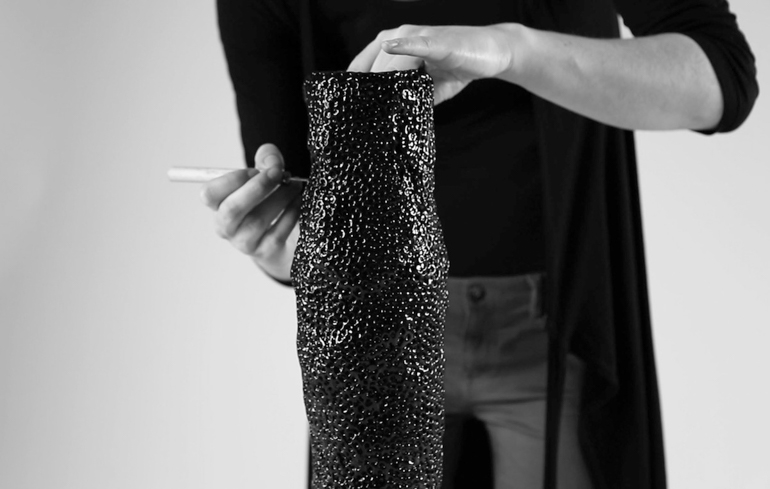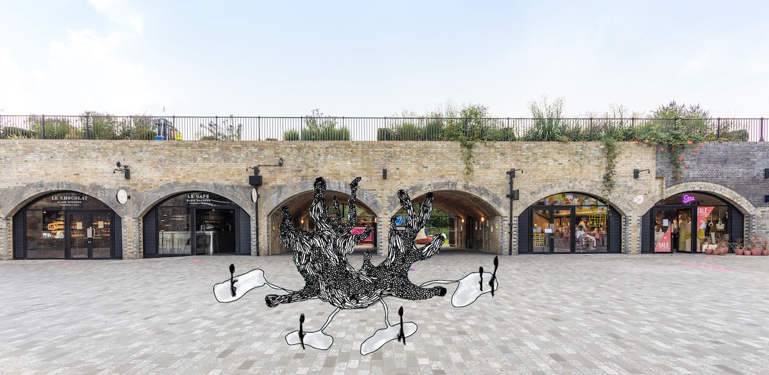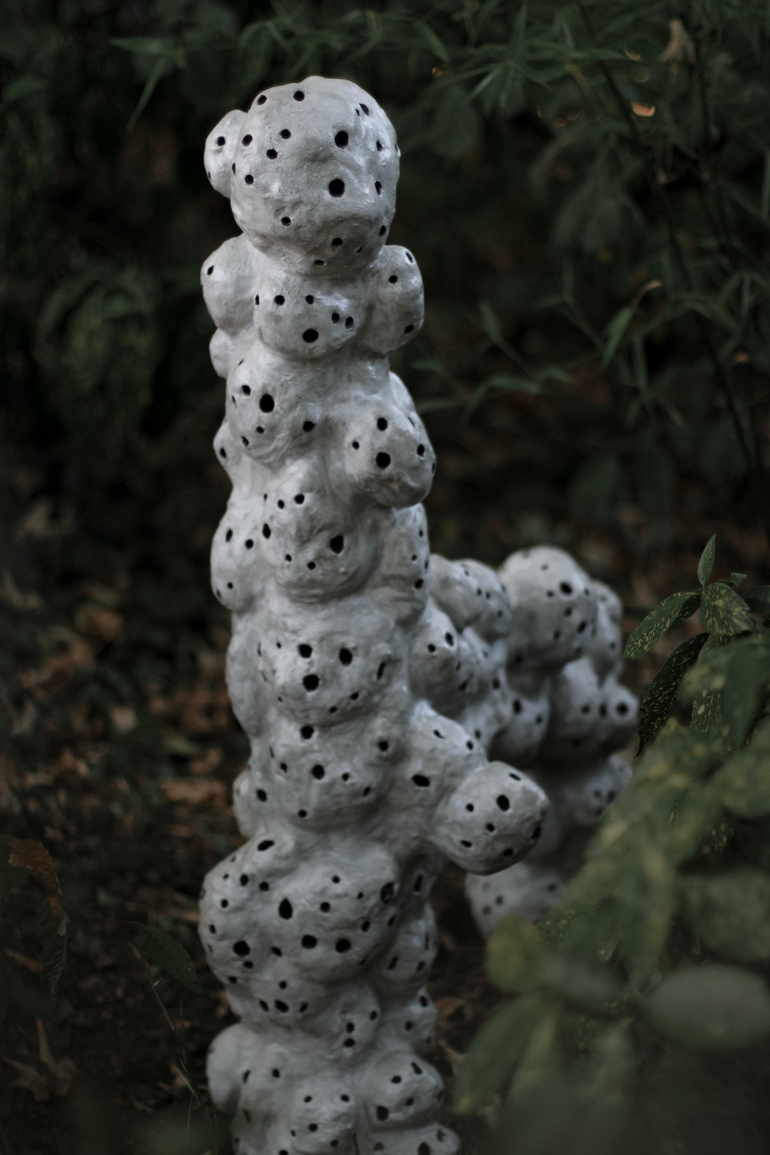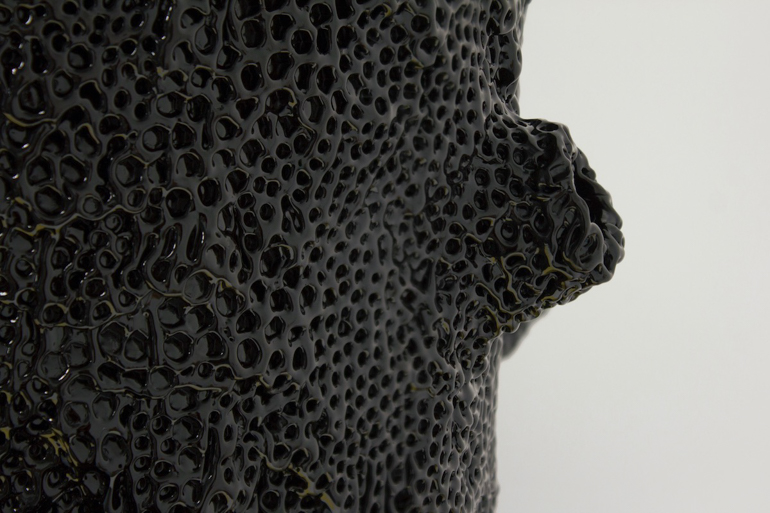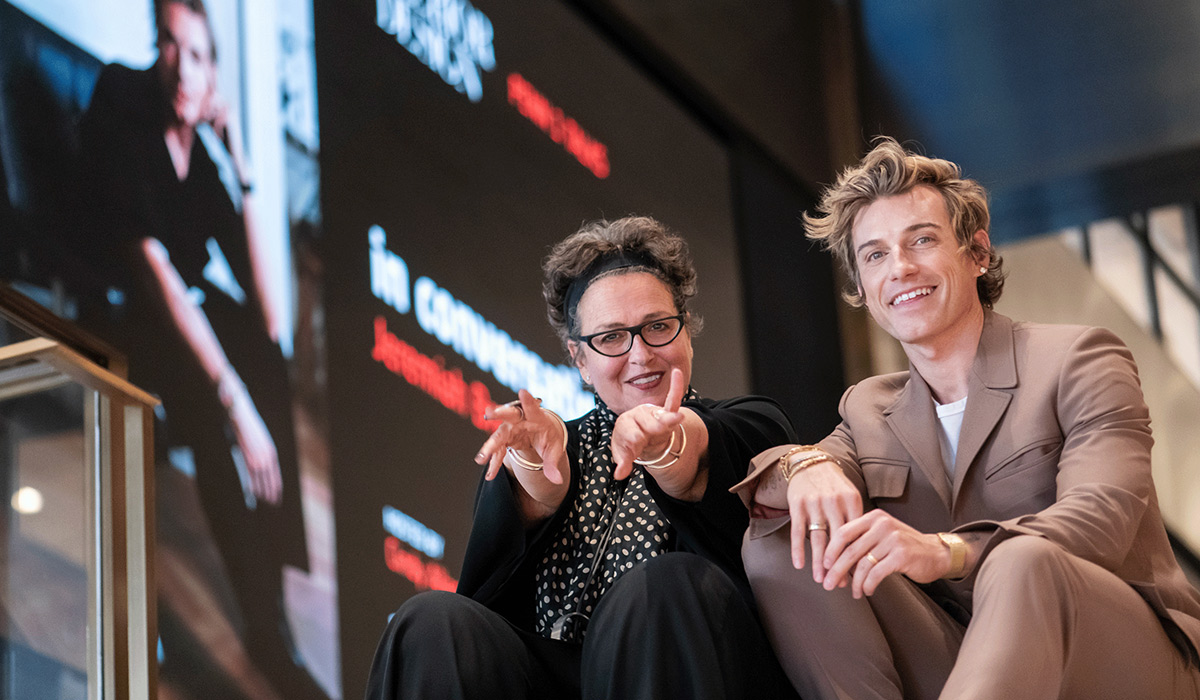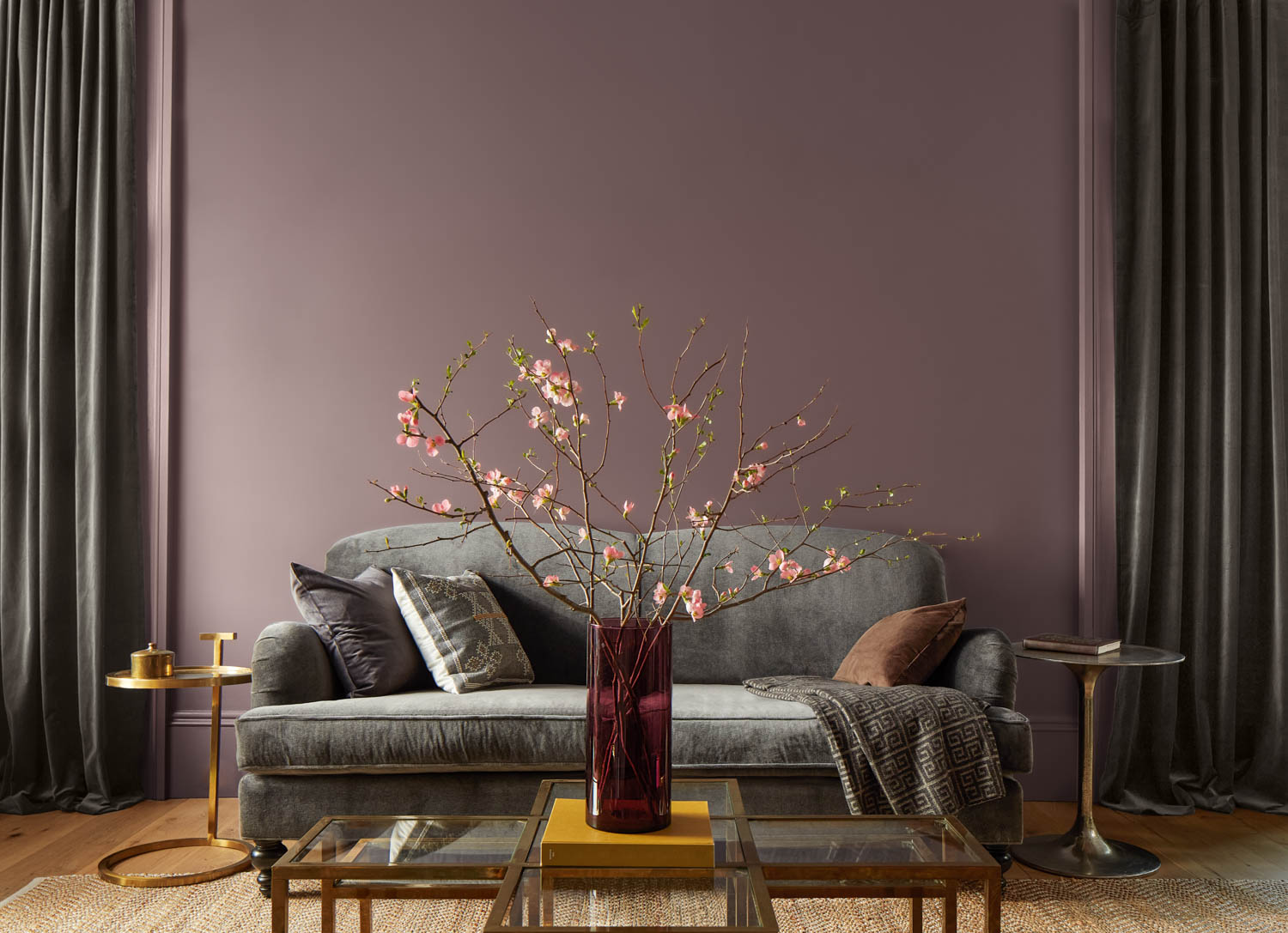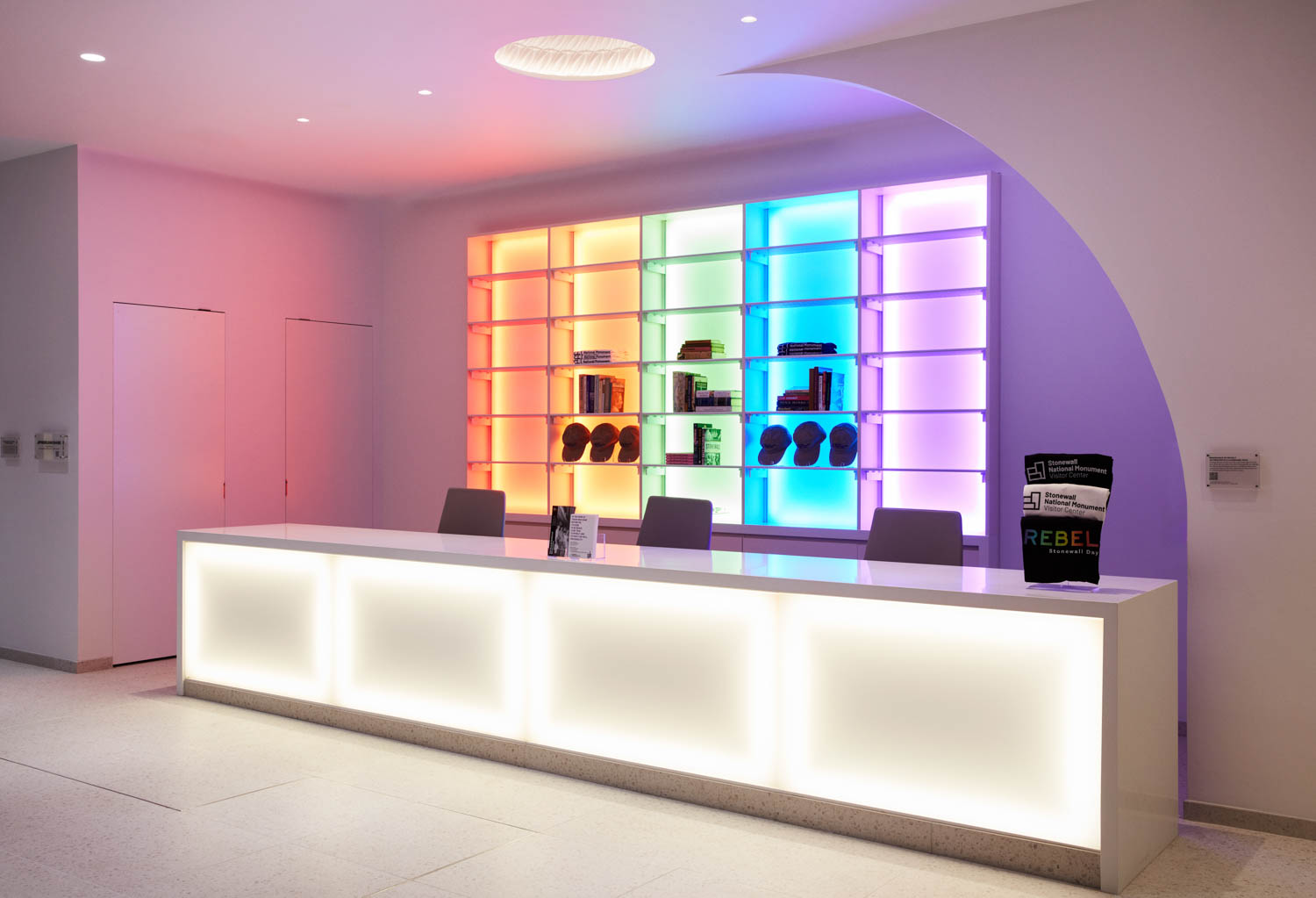10 Questions With… Marlene Huissoud
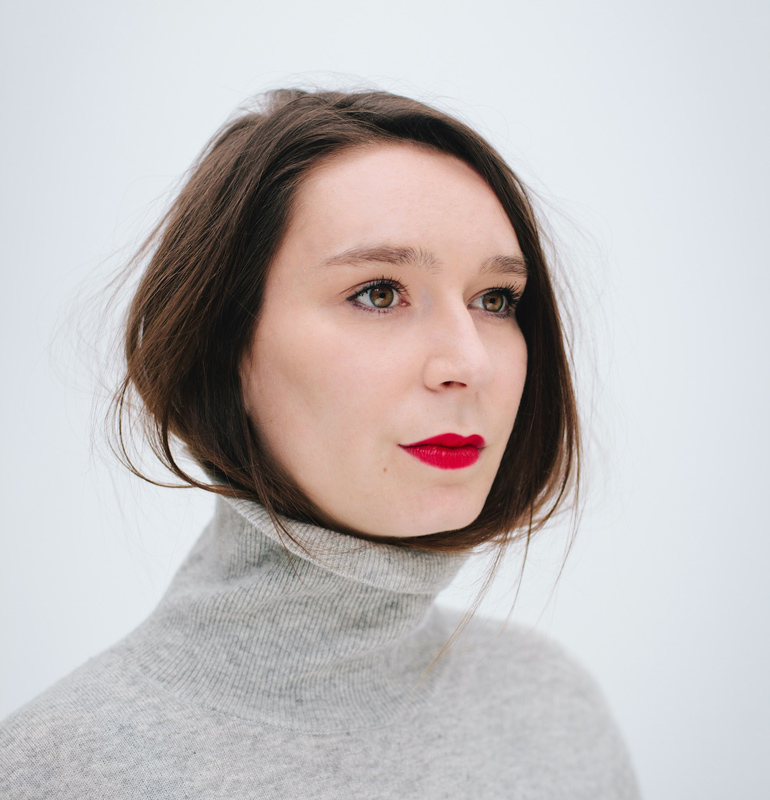 Insects are the bee’s knees to Marlene Huissoud. The daughter of a beekeeper, the experimental designer continues to pay tribute to the bee and other insects as an adult with work that is both inspired by, using organic materials from, and intended for the small invertebrate animals. The 2014 graduate of Central Saint Martins – University of the Arts London in London has seen her work exhibited at the Victoria and Albert Museum London, Design Miami/Basel, Dubai Design Week, and Rossana Orlandi Gallery in Milan, among other worldwide institutions.
Insects are the bee’s knees to Marlene Huissoud. The daughter of a beekeeper, the experimental designer continues to pay tribute to the bee and other insects as an adult with work that is both inspired by, using organic materials from, and intended for the small invertebrate animals. The 2014 graduate of Central Saint Martins – University of the Arts London in London has seen her work exhibited at the Victoria and Albert Museum London, Design Miami/Basel, Dubai Design Week, and Rossana Orlandi Gallery in Milan, among other worldwide institutions.
From September 12-20, as a commission for the London Design Festival 2020, Huissoud will present “Unity,” an installation inflated in King’s Cross, London by socially-distanced visitors. Interior Design sat down with the designer to learn more about the challenges of interactive art during Covid-19 (“Optimism is a powerful energy booster,” the designer suggests), projects exploring materials produced by insects, and the struggle to find inspiration during a global pandemic.
Interior Design: What do you hope to achieve with your upcoming London Design Festival installation?
Marlene Huissoud: “Unity” is a message of hope in this very uncertain time. It is a very straightforward message: As the entire world seemingly declines more and more violently, let’s act together and not against each other. Unity is inflated—with the crowd-sourced inflation performed from foot pump stations situated five to seven feet apart. The crowd-sourcing element is the most important part of this project because without the crowd all pumping together the piece would not come into life and breathe. We also decided to work with recycled materials, such as nylon, to try and raise awareness on the ecological issue that is the textile industry.

ID: What has been your biggest challenge?
MH: Responding to Covid, we completely scraped our first installation idea. It was entirely interactive and called for a lot of touching of materials. So the biggest challenge we had for this project was how to respect all the new sanitary measures but still get people to work together to inflate the piece and bring it into life.
At this moment, we are trying to figure out how to get someone to London from France meeting the demands of quarantines. To meet current measures, someone in our studio would need to quarantine two weeks in the U.K. before they could set the piece up—and then two weeks again in France upon return. We may not send someone at all. Luckily, the piece is easy to put together.
However, every project in our studio is a challenge, as we are always exploring new territories. I overcome challenges because I like to give myself margin for trial and error. For as a long as it takes, I turn my studio into a crazy kitchen where I try anything and everything to reach my goal. If you don’t add trial and error into your creative process, you don’t overcome challenges.
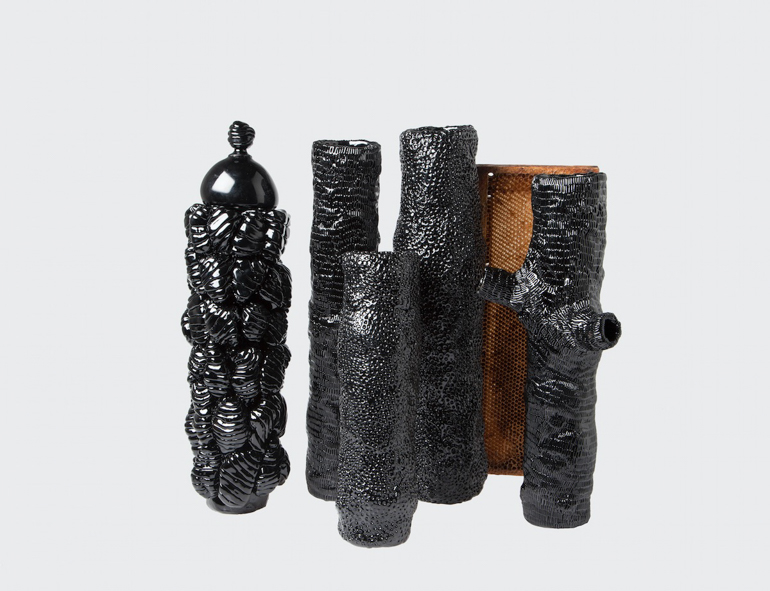
ID: What else have you completed recently?
MH: “From Insects” and “Of Insects and Men,” are two projects exploring the rich resource of insect biomaterials, such as resin produced by honeybees and silkworm cocoons. “Please Stand By” is a chair that is not designed for humans but for insects to find refuge and nest in a more peaceful environment within cities. Our project “Beehave” is a beehive, which is not designed to produce honey but to welcome bees to live inside.
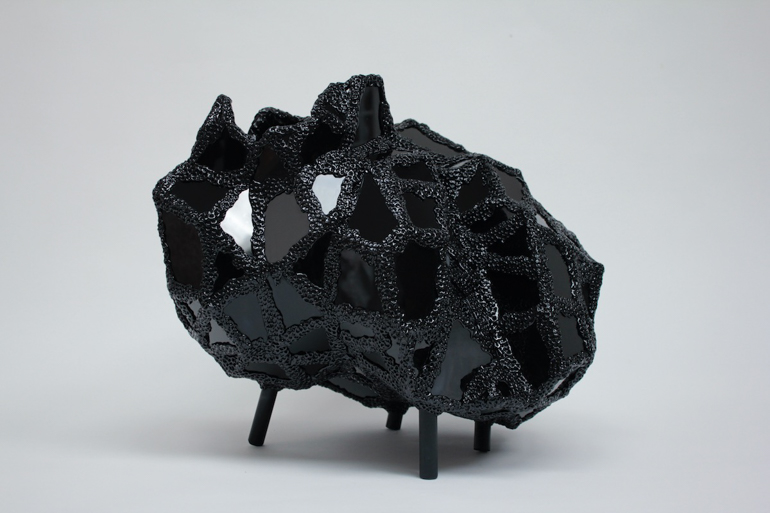
ID: What’s upcoming for you?
MH: I’ve been asked to create sculptural beehives for the Abbaye de Maubuisson, a former Cistercian nunnery and now an art center in France. The aim of this project is to sensitize children and people in general to bees and ensure the next generation treats nature better than we have. I’m very attached to this project because it reminds me of my father’s hard work and my childhood spent with bees. Most importantly, this is an educational project, something I seek to do throughout my work.

ID: How do you think your childhood or formative years influenced your design thinking?
MH: I grew roaming fields with my father who was a beekeeper in the French Alps. My family and I would spend summers in a caravan surrounded by beautiful landscape and wildlife. It’s only natural I ended up doing what I do years later. I like to say I mimic insects in my work, which for me is sort of a childhood memory. My father is now retired and we work together on our hives. I have two, but we only collect 10 percent of the honey production. It is more to see how they live and work.
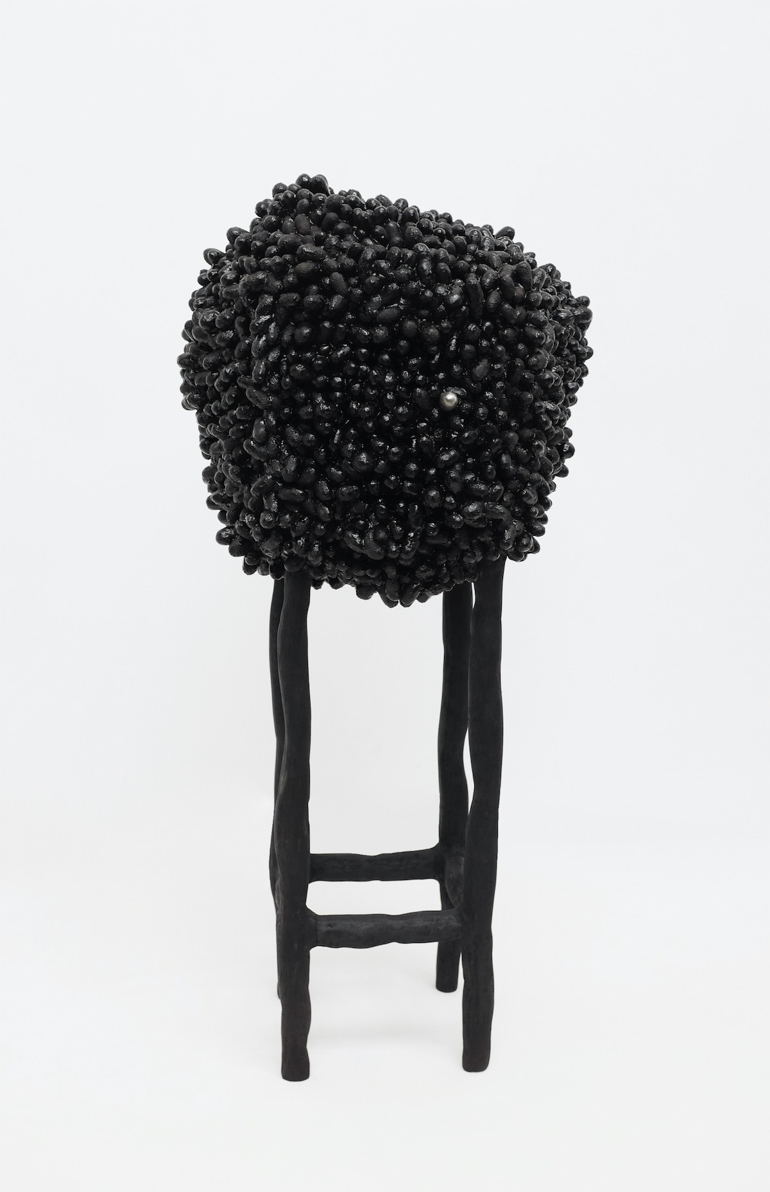
ID: In what kind of home do you live?
MH: I recently moved to the countryside, an hour away from Paris. There I bought a dreamy farm where I live and work with my assistants and boyfriend. I started thinking about leaving the city some time ago, and with everything that’s been happening lately, it’s the best decision ever. We are surrounded by nature, and in such a healthy environment, we have time and calmness to reflect and work.
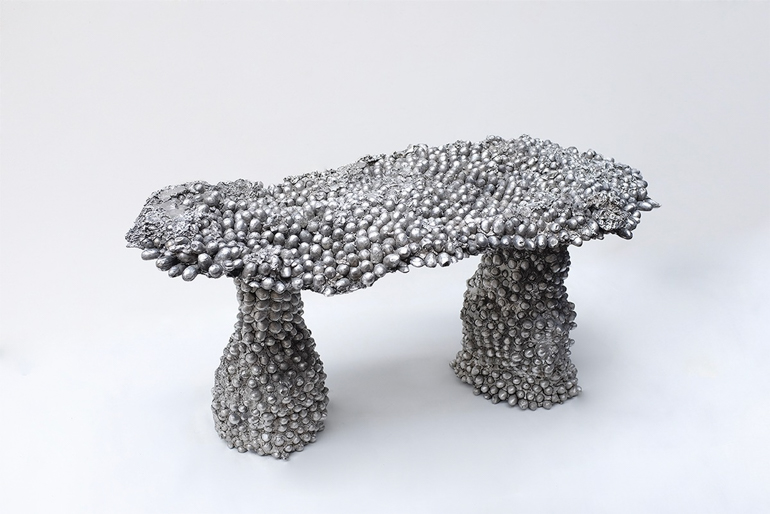
ID: How do you find inspiration?
MH: I find it very hard to be creative or inspired these days, as there is so much to be said. The brain is a bit overwhelmed for everybody I guess. Sometimes, as a human being, you would like to be able to measure your impact or help on the ground. Being an artist is a constant fight—a battle to spread a strong message and encourage people to react to political, social, and ecological issues.
But in general I find inspiration when I go into hibernation mode. Usually in winter, I start reading and doing a lot of research on subjects and causes that I want to shed a light on through my work. There is also a grotto near my parent’s place in the French Alps where I can hide and meditate when I need peace.
ID: Who in the industry do you particularly admire?
MH: The French-American artist Louise Bourgeois. She was unstoppable, no matter what people thought at the time.
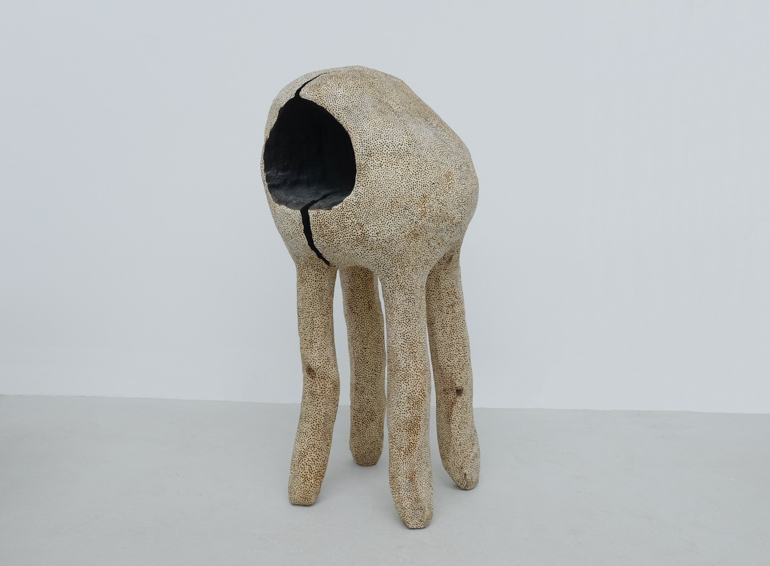
ID: What are you reading?
MH: “What is different? Jahresring 64” edited by Wolfgang Tillmans and Brigitte Oetker. This is a series of interviews, led by Tillmans, which are very relevant in our current world situation.
ID: Do you have a secret you can share?
MH: In my home, I have “Brule,” an organic tree log resembling an animal. It is in our kitchen and is a call for hugs. I have always declined purchase propositions for this piece as I want it to be around me.

